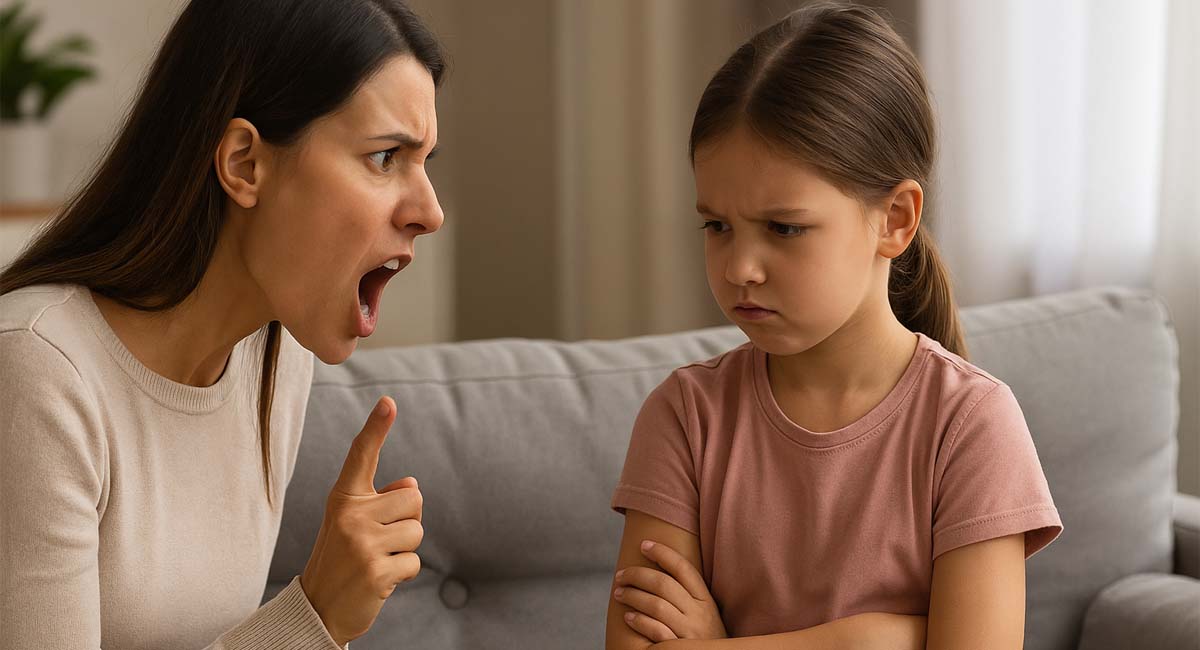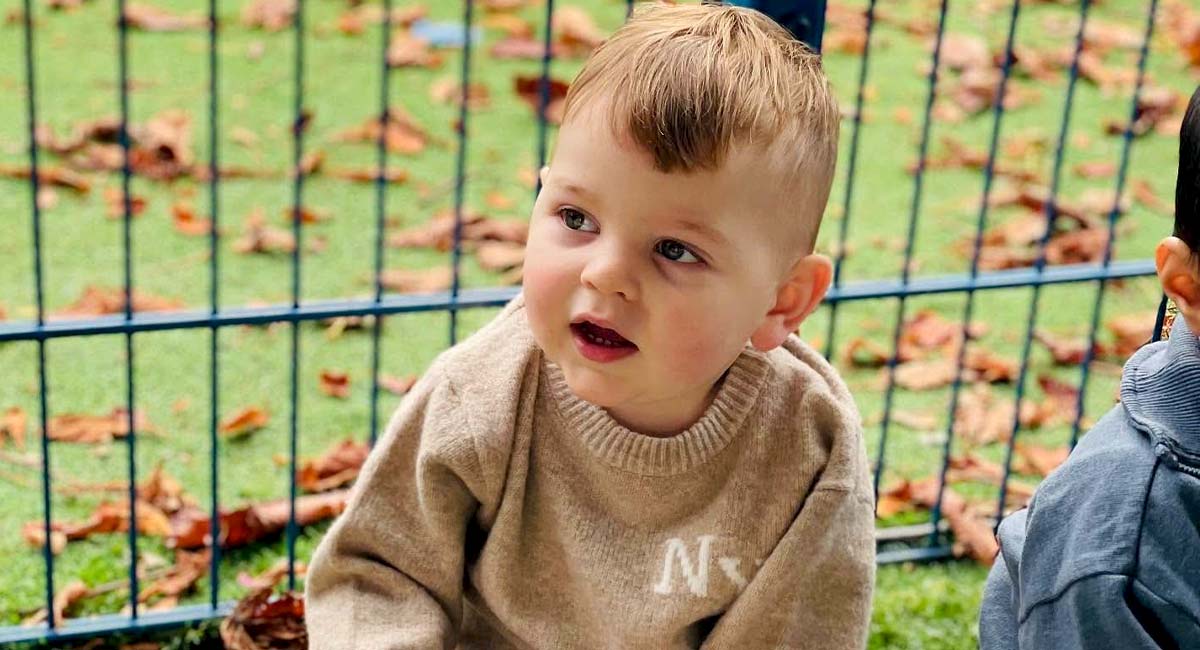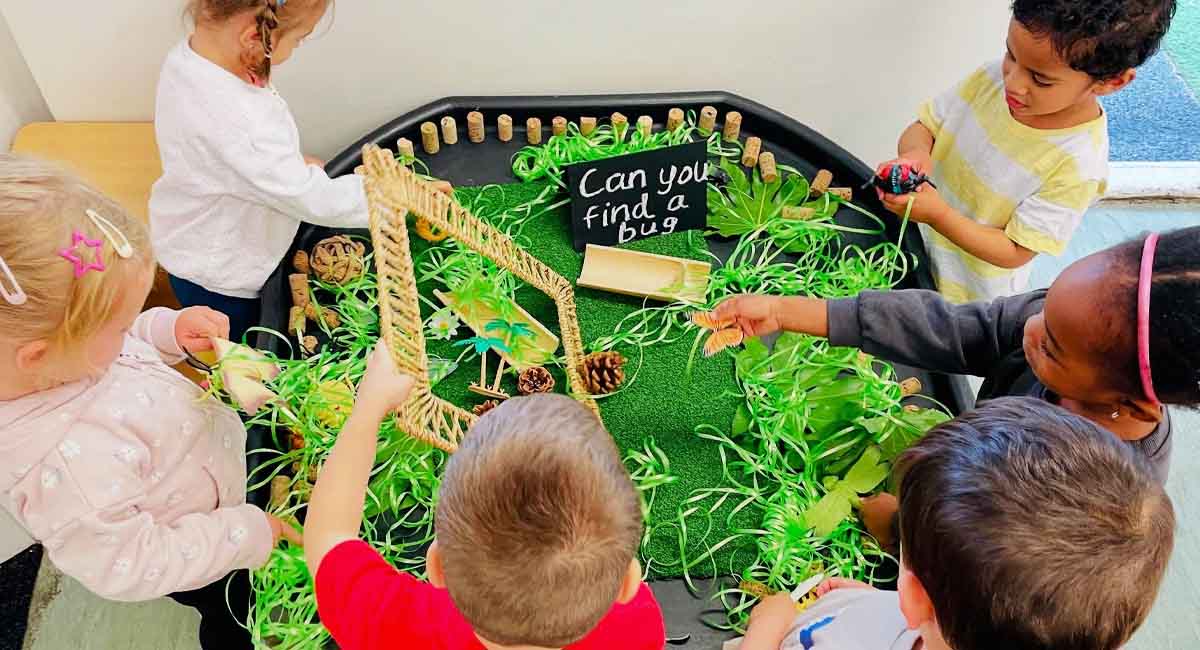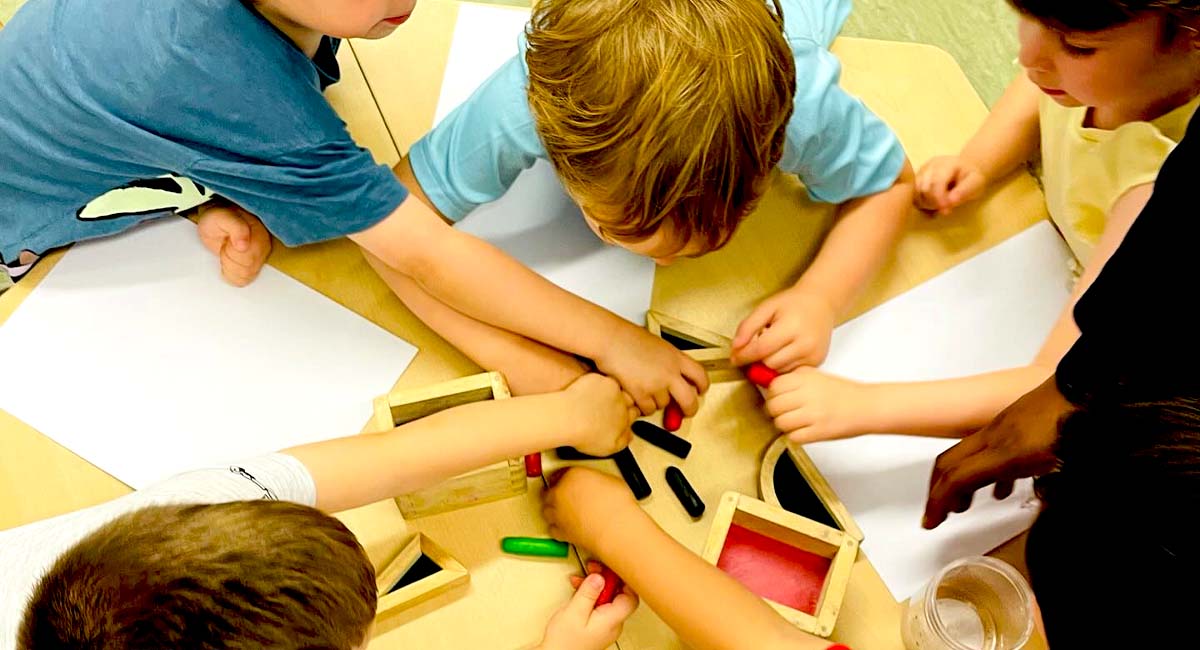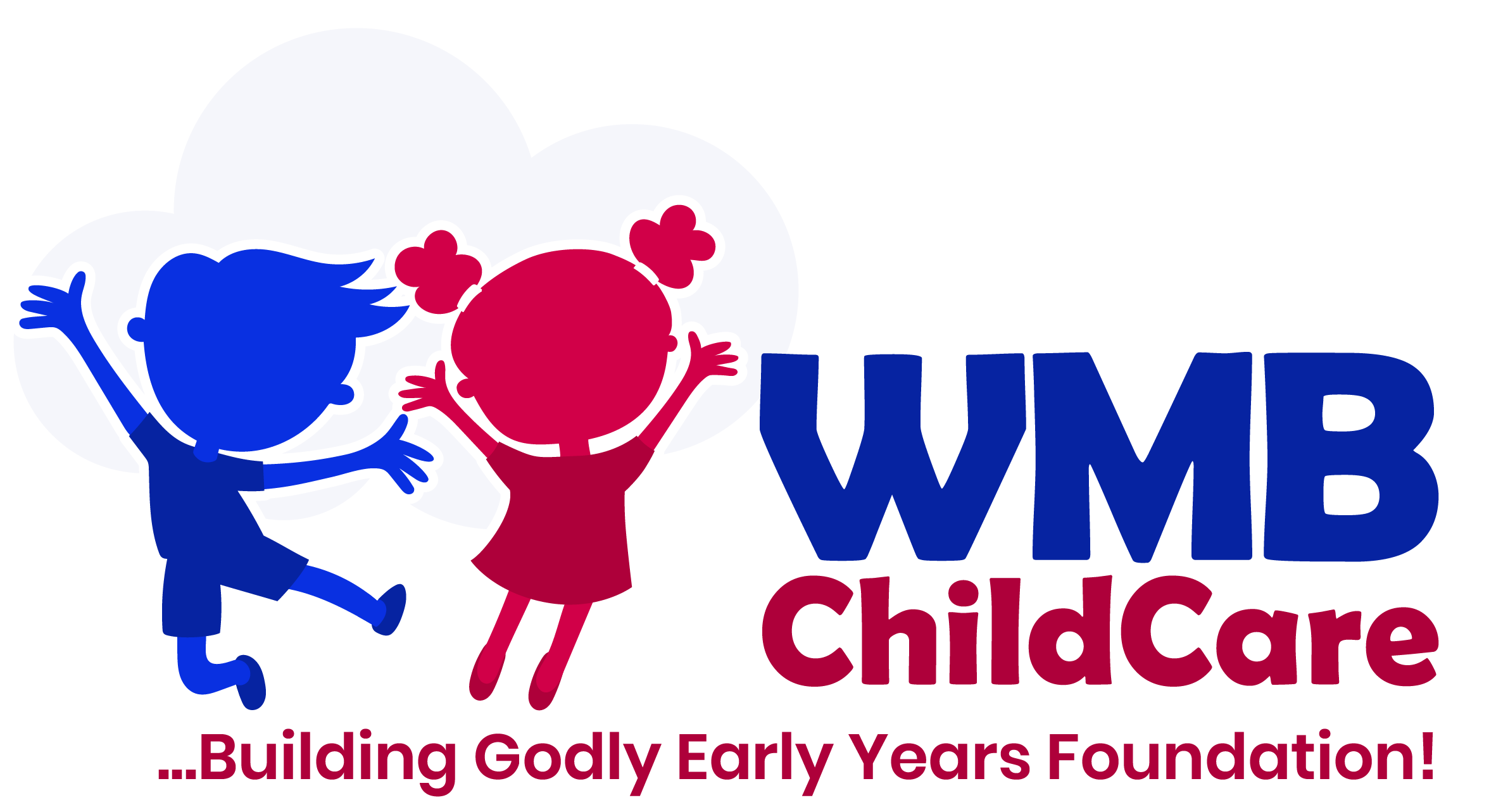Why Shouting Doesn’t Work – And What to Do Instead
Parenting is as challenging as it is rewarding, and at WMB Childcare, we understand the pressures that come with nurturing young minds. It’s easy to raise your voice in frustration, but there are healthier ways to communicate and maintain a peaceful environment. Here’s a detailed guide with practical steps to help you stop yelling and model good behaviour, reinforcing the positive atmosphere we promote at WMB Childcare.
Why Do We Shout?
Shouting typically comes from frustration, exhaustion, or feeling out of control. It’s our nervous system sounding the alarm. But while it may temporarily stop a behaviour, shouting is rarely effective in teaching or correcting it in a lasting, healthy way.
What Happens When We Shout?
When children are shouted at, several things can happen:
✓ They shut down or become fearful.
✓ They learn to tune out shouting.
✓ They mirror the behaviour.
The Emotional Impact
Shouting doesn’t just affect behaviour — it affects emotional development. Children may begin to internalise the shouting, thinking:
✓ “I’m bad.”
✓ “I’m not good enough.”
✓ “I don’t feel safe.”
So What Can We Do Instead?
Managing challenging behaviour doesn’t mean you have to raise your voice. In fact, the most effective responses are often the calmest.
Here’s what you can do instead of shouting:
✓ Pause Before You React
✓ Use a Calm, Firm Voice
✓ Get on Their Level
✓ Name Emotions – Yours and Theirs
✓ Offer Clear Choices
Teach, Don’t Scare
Children need guidance — not fear. When we swap shouting for teaching, we help them understand boundaries and consequences, and we model how to handle frustration constructively.
Teach, Don’t Scare
No one is calm 100% of the time. If you’ve shouted, you’re not alone — and you’re not a bad parent. What matters is how you repair the moment.
Go back. Apologise. Reconnect. Let your child see that even grown-ups make mistakes and take responsibility.
Final Thoughts
Shouting feels powerful in the moment — but connection is far more effective. When we choose calm over chaos, we don’t just change our child’s behaviour. We change the way they feel about themselves — and about us.
And that’s a lesson that lasts a lifetime.


